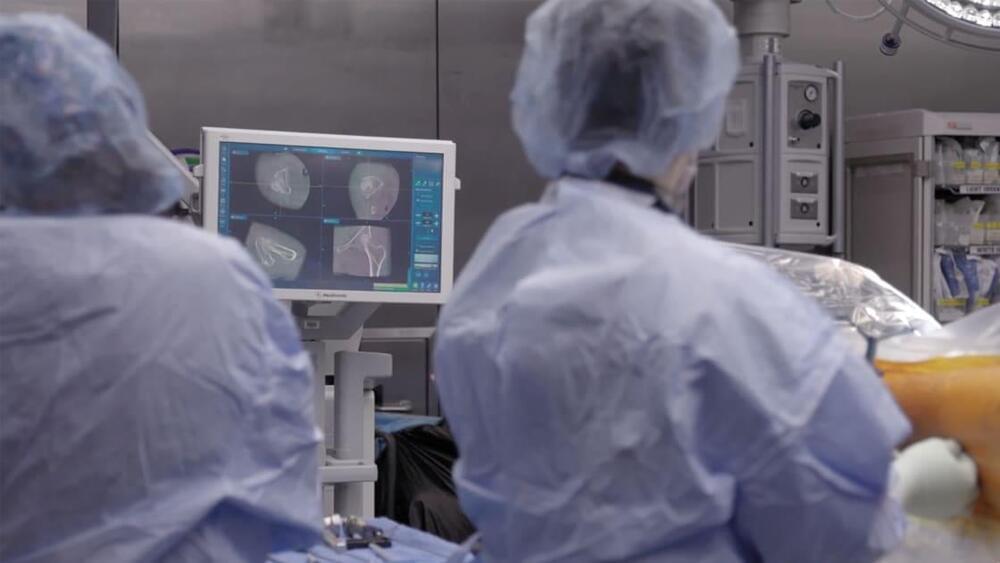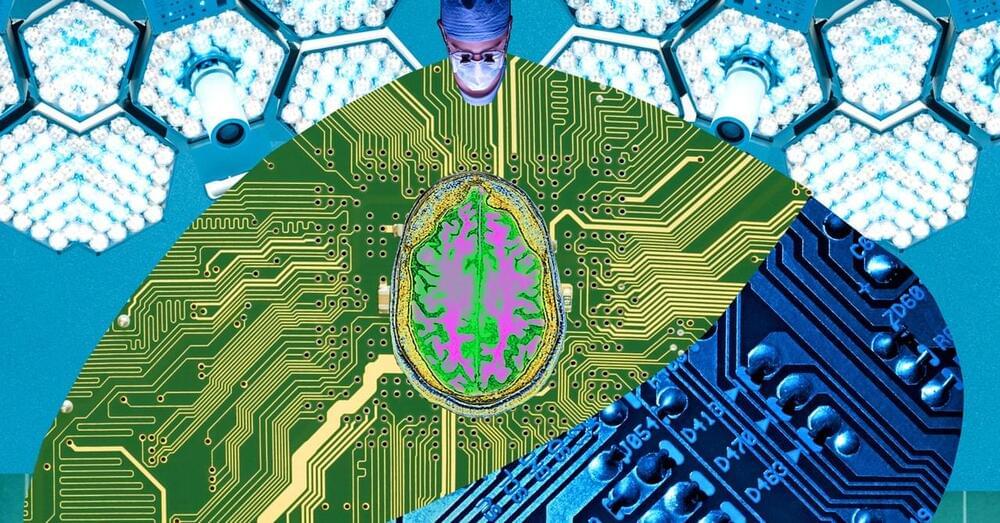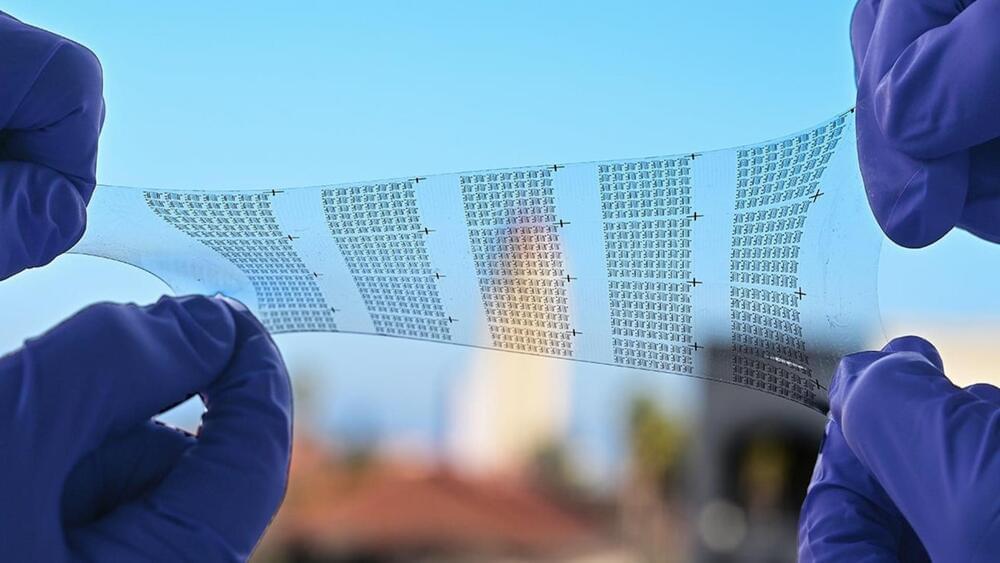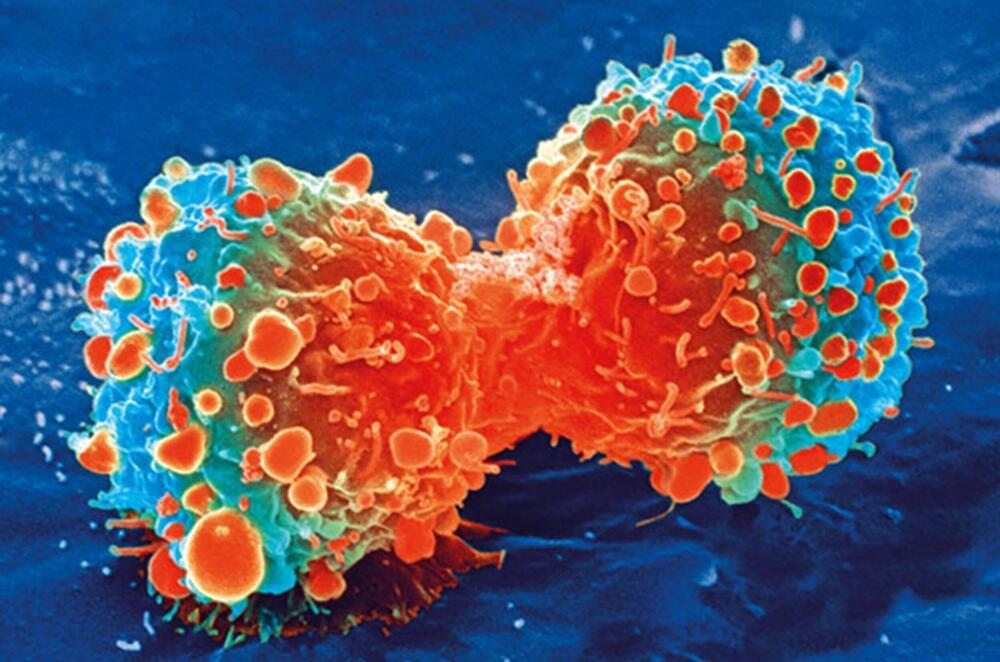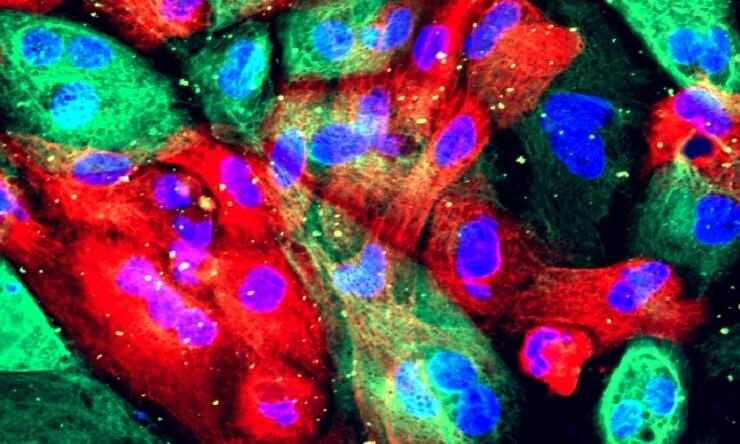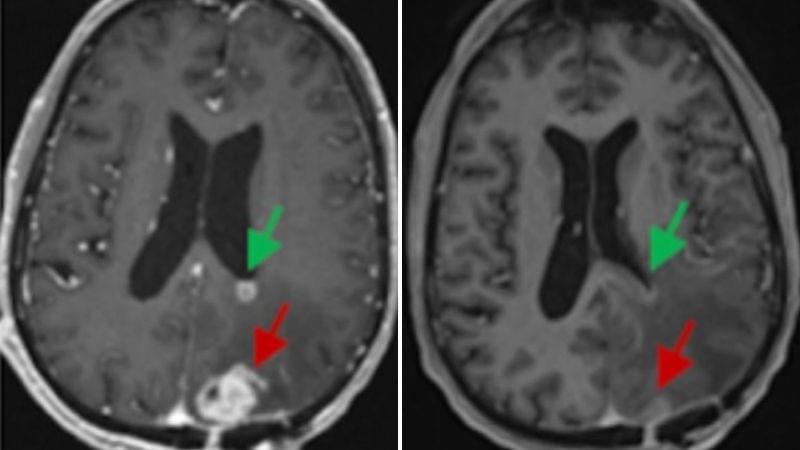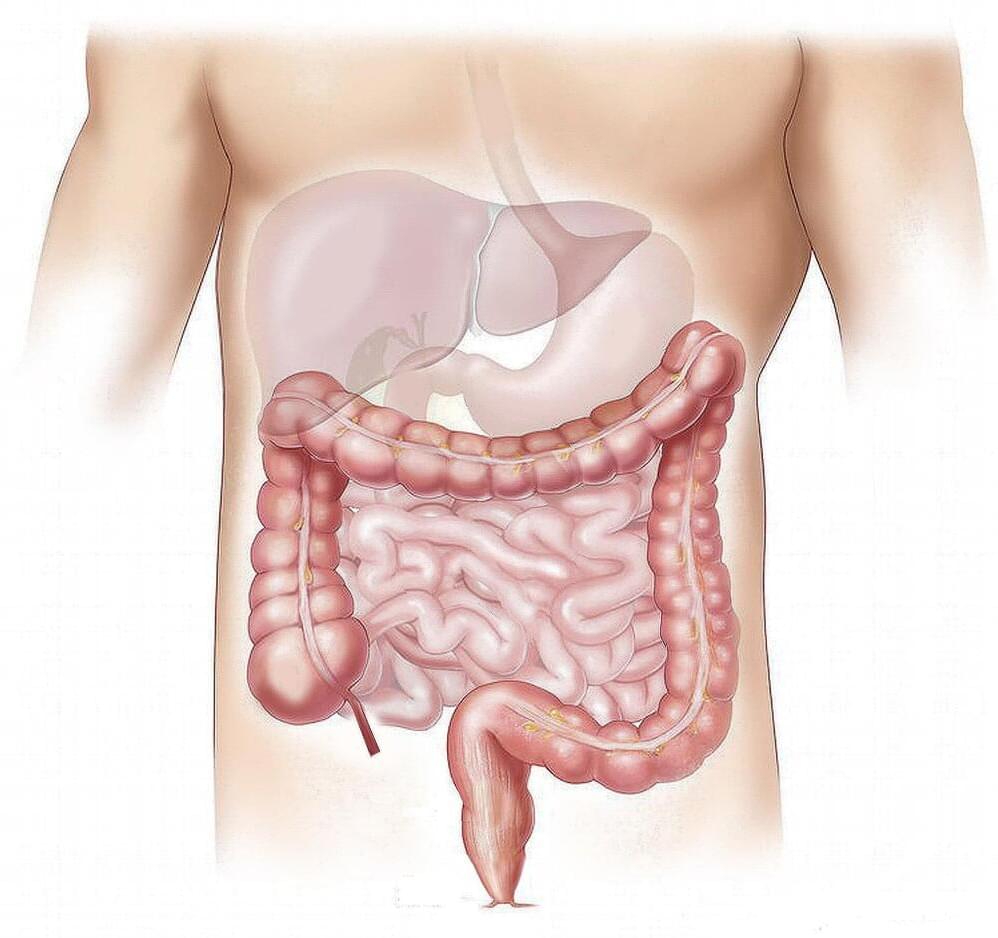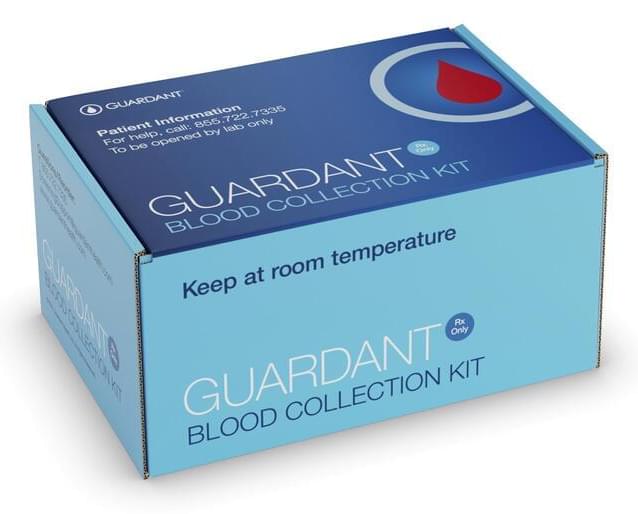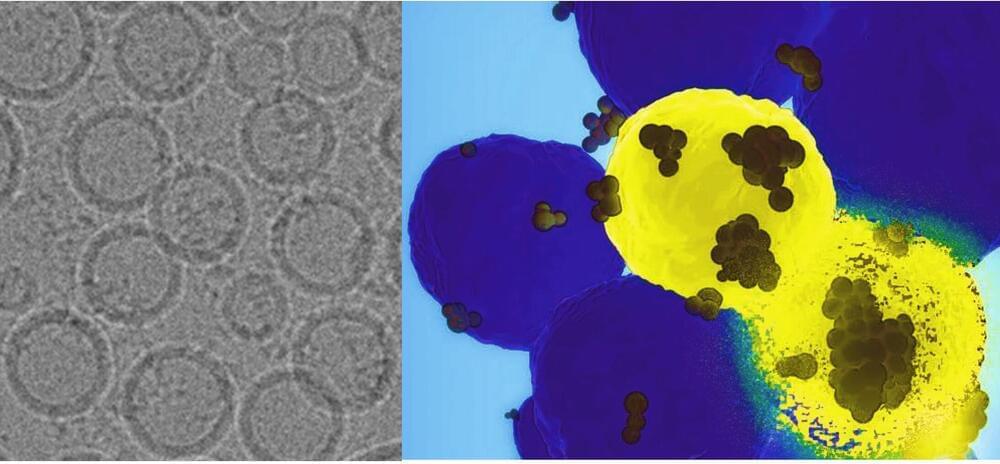Mar 14, 2024
Minimally Invasive Avascular Necrosis Treatment Is Developed at Yale, Combining 3D Modeling With Computer Navigation
Posted by Shubham Ghosh Roy in categories: biotech/medical, computing
Femoral head avascular necrosis (AVN) is a debilitating condition that prevents the thighbone from repairing itself at the portion closest to the hip, leading to possible collapse.
In a new study in Arthoplasty Today, a team including Yale Department of Orthopaedics & Rehabilitation’s Daniel Wiznia,…
In a paper published in the journal Arthroplasty Today, Daniel Wiznia, MD, assistant professor of orthopaedics & rehabilitation and co-director of Yale Medicine’s Avascular Necrosis Program, presents a new surgical technique designed to prevent or delay hip collapse in patients with femoral head avascular necrosis (AVN). Thanks to 3D innovations and novel applications of intraoperative navigation technology developed at Yale, Wiznia is leading a multidisciplinary approach to optimizing clinical outcomes.
